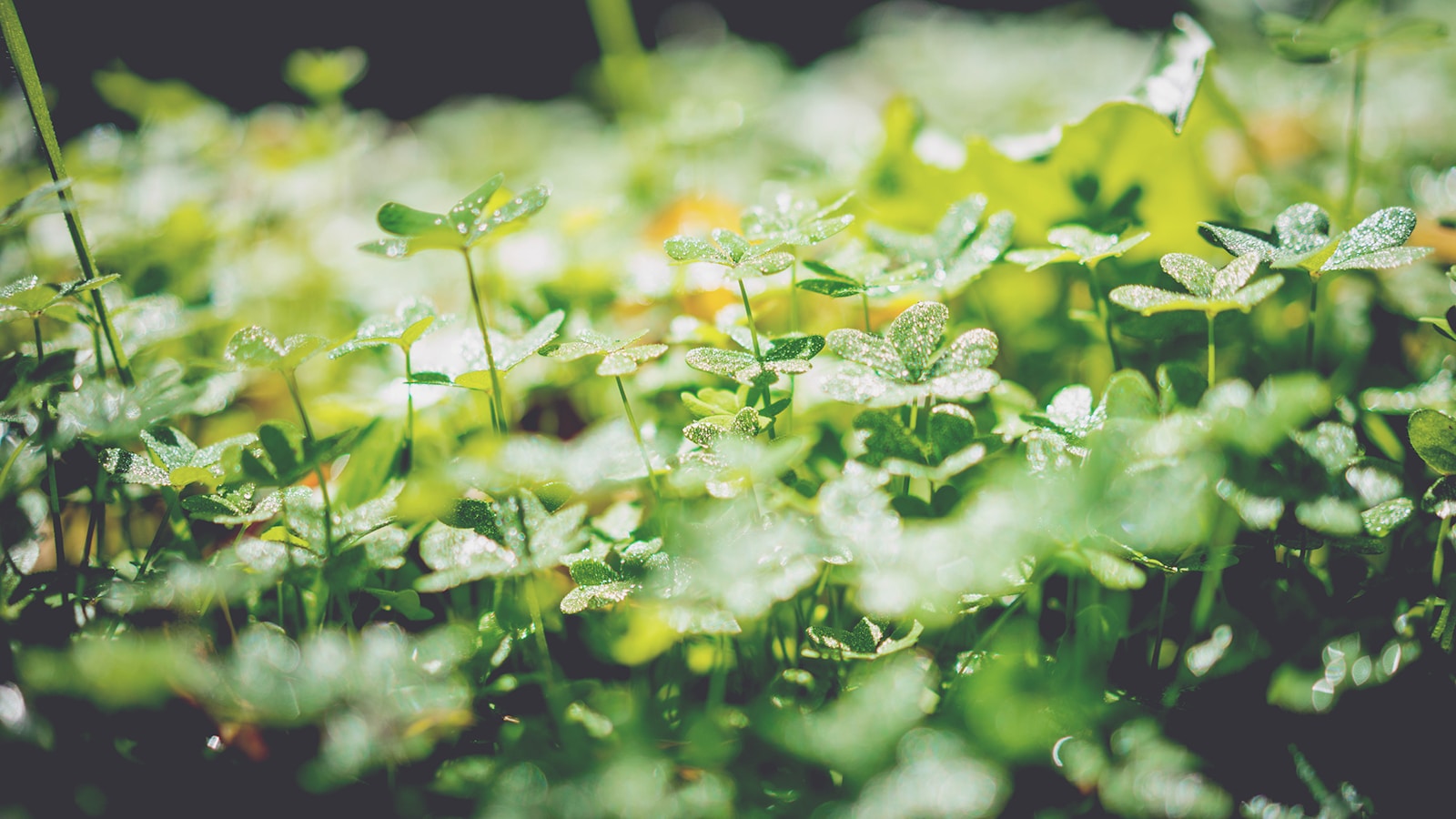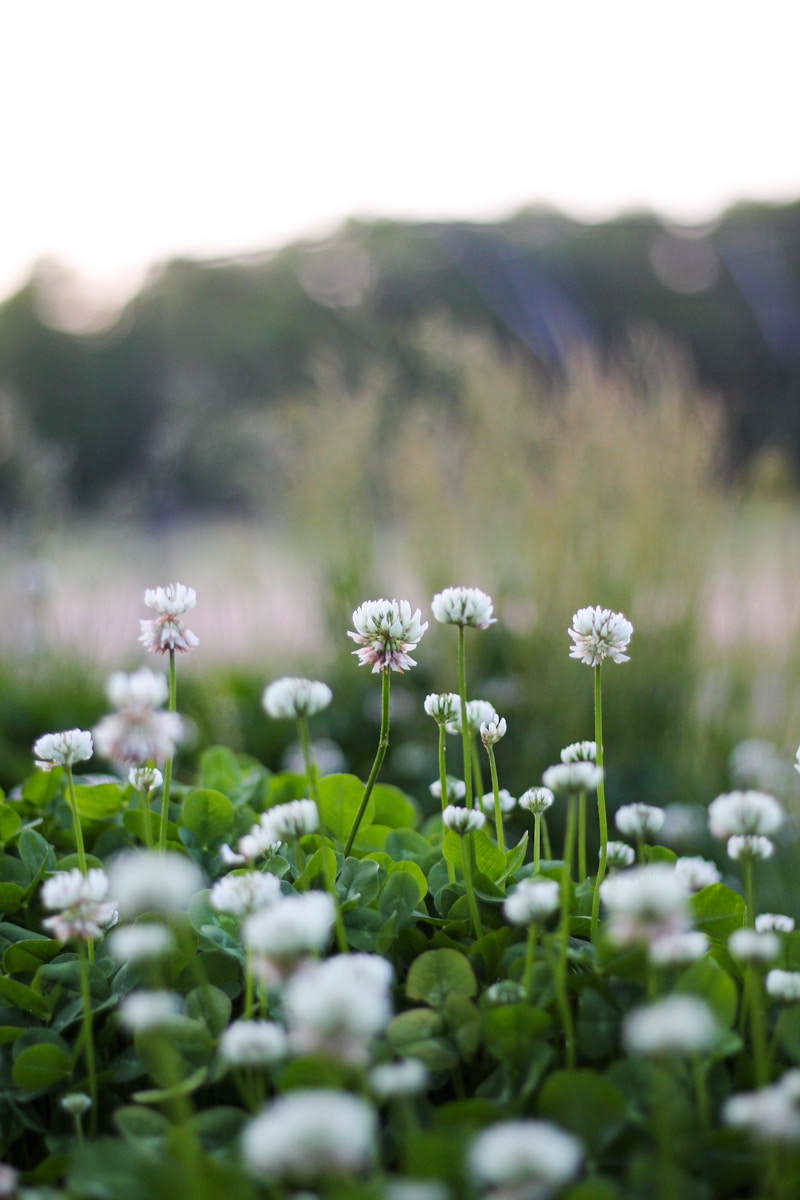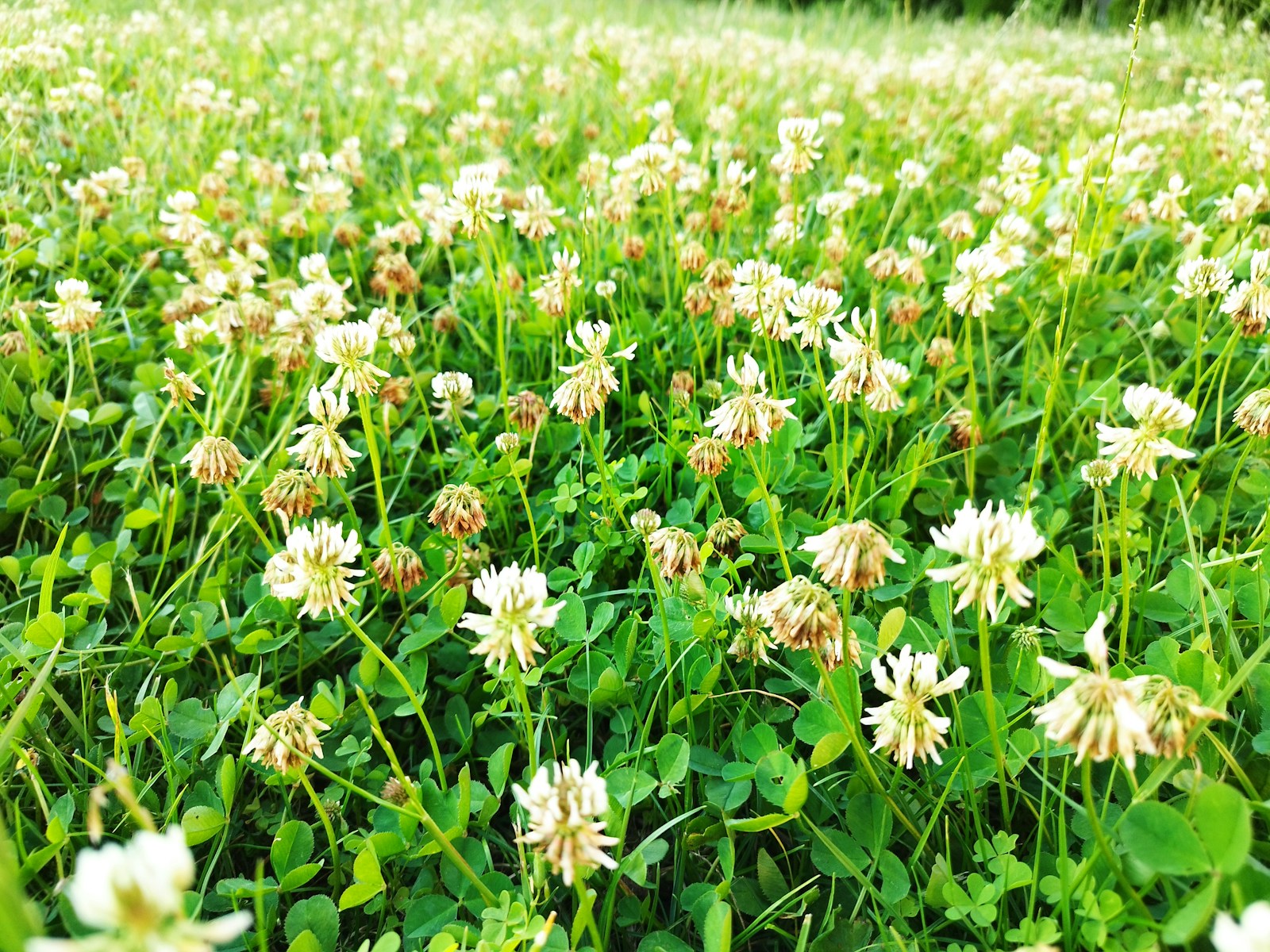Creating a beautiful garden that thrives with minimal water is a smart way to boost curb appeal and increase your home value fast. Choosing the best drought-tolerant plants for home gardens allows homeowners to conserve water while maintaining a lush, vibrant landscape. Whether you live in the arid Southwest or experience occasional droughts in the Midwest, these resilient plants can enhance your outdoor space with minimal upkeep.
1. Lavender (Lavandula spp.)
Lavender is a fragrant, low-maintenance plant that thrives in dry conditions. Its purple blooms attract pollinators and add a calming aroma to your garden.
Best for: Mediterranean-style gardens, borders, and rock gardens.
Pros: Drought-tolerant, deer-resistant, and pest-free.
Cons: Requires well-draining soil to prevent root rot.

2. Agave (Agave americana)
Known for its striking architectural shape, agave is a succulent that stores water in its thick leaves, making it perfect for water-efficient gardens.
Best for: Xeriscaping, modern landscapes, and container planting.
Pros: Extremely drought-resistant and requires minimal care.
Cons: Sharp spines can be hazardous; not ideal for homes with small children.
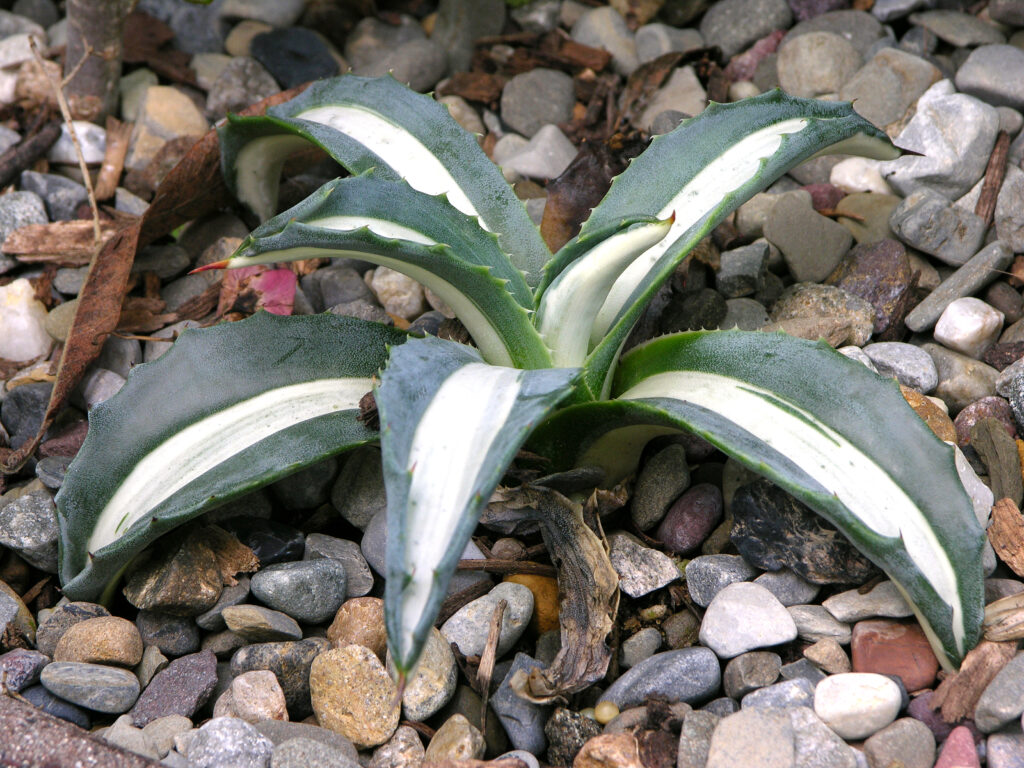
3. Russian Sage (Perovskia atriplicifolia)
This hardy perennial produces silvery foliage and airy lavender flowers that bloom in late summer. Russian sage is an excellent drought-tolerant plant for home gardens due to its deep root system.
Best for: Cottage gardens, perennial borders, and pollinator-friendly landscapes.
Pros: Thrives in poor soil and requires little water.
Cons: Can spread aggressively if not properly maintained.

4. Yarrow (Achillea millefolium)
Yarrow is a versatile perennial that provides clusters of colorful blooms and requires little water once established. It also attracts beneficial insects.
Best for: Wildflower gardens, meadow plantings, and erosion control.
Pros: Low water needs, pest-resistant, and attracts butterflies.
Cons: Can become invasive if not managed.
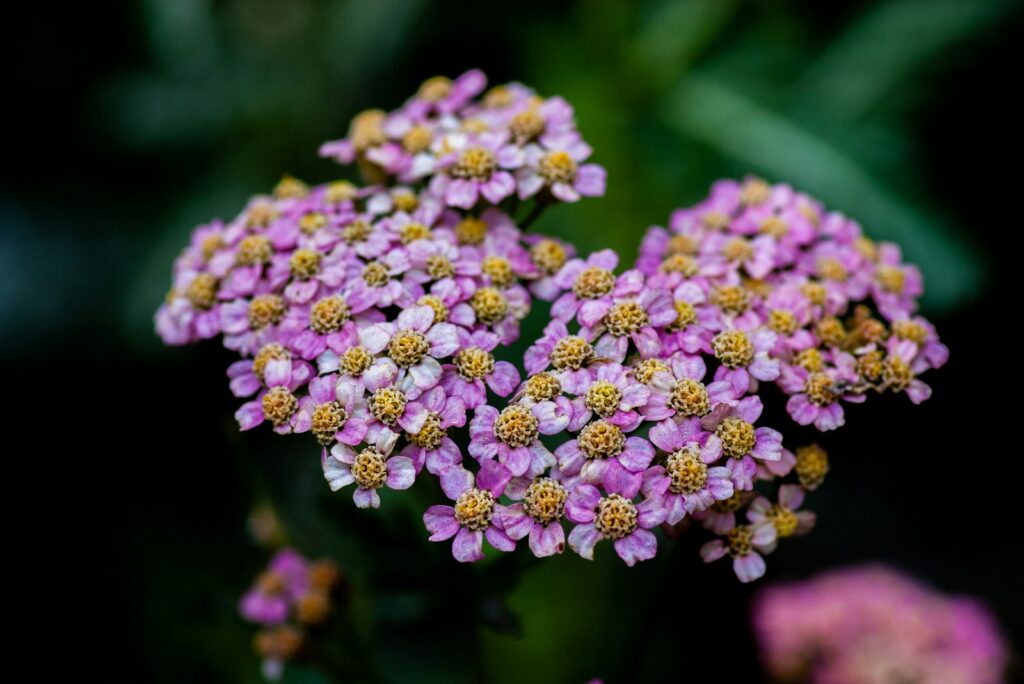
5. Sedum (Sedum spp.)
Sedums, also known as stonecrops, are succulent plants that store water in their fleshy leaves and thrive in dry conditions.
Best for: Ground cover, green roofs, and rock gardens.
Pros: Wide variety of colors and forms, excellent for erosion control.
Cons: Some varieties may be sensitive to extreme cold.

6. Coneflower (Echinacea purpurea)
A native North American plant, coneflower is both drought-tolerant and attractive to pollinators like bees and butterflies.
Best for: Pollinator gardens, cottage-style landscapes, and naturalized areas.
Pros: Long blooming season and minimal water requirements.
Cons: Susceptible to powdery mildew in humid conditions.
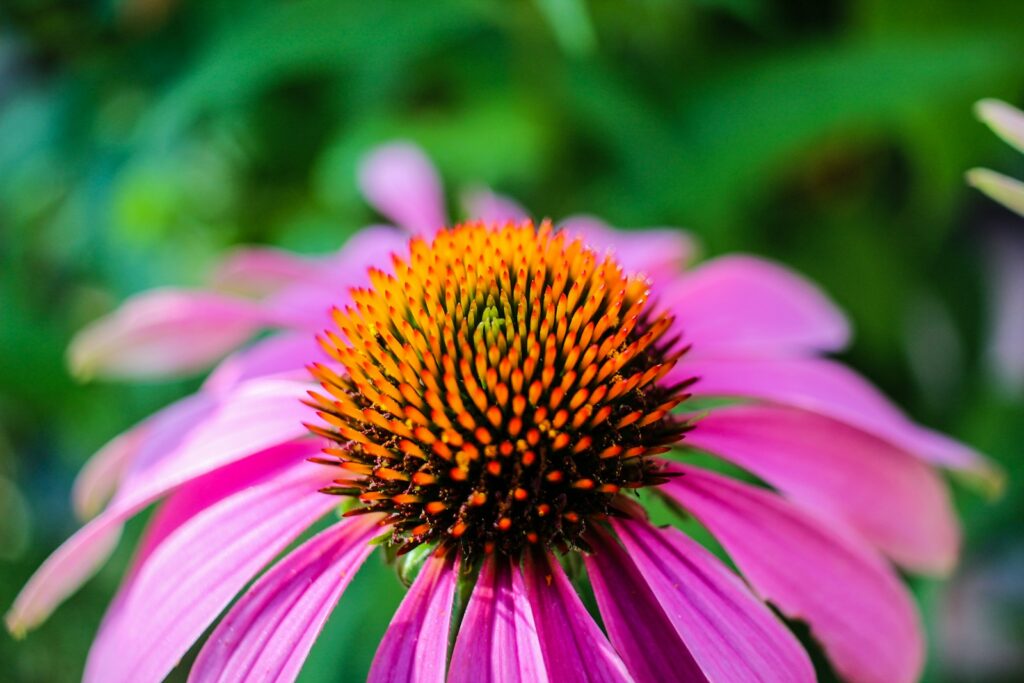
7. Red Hot Poker (Kniphofia uvaria)
This striking perennial features tall flower spikes in fiery shades of red, orange, and yellow, thriving in dry soils.
Best for: Mediterranean gardens, borders, and mass plantings.
Pros: Attracts hummingbirds and withstands drought.
Cons: Requires well-drained soil to prevent rot.
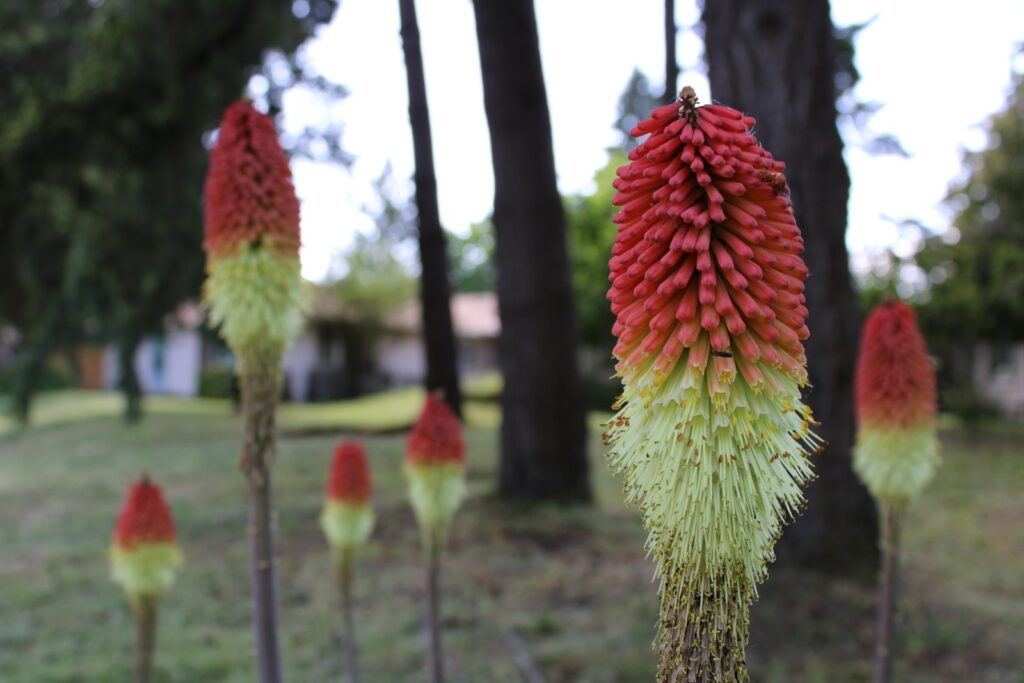
8. California Poppy (Eschscholzia californica)
A vibrant and low-maintenance wildflower, the California poppy is ideal for water-efficient gardens in warmer climates.
Best for: Naturalized landscapes, wildflower meadows, and roadside plantings.
Pros: Self-seeding and highly drought-tolerant.
Cons: Short blooming period in hot weather.

9. Rosemary (Rosmarinus officinalis)
Rosemary is an aromatic herb that doubles as a drought-tolerant ornamental plant, perfect for culinary and landscape use.
Best for: Herb gardens, Mediterranean landscapes, and borders.
Pros: Drought-hardy, edible, and deer-resistant.
Cons: Sensitive to extreme cold.
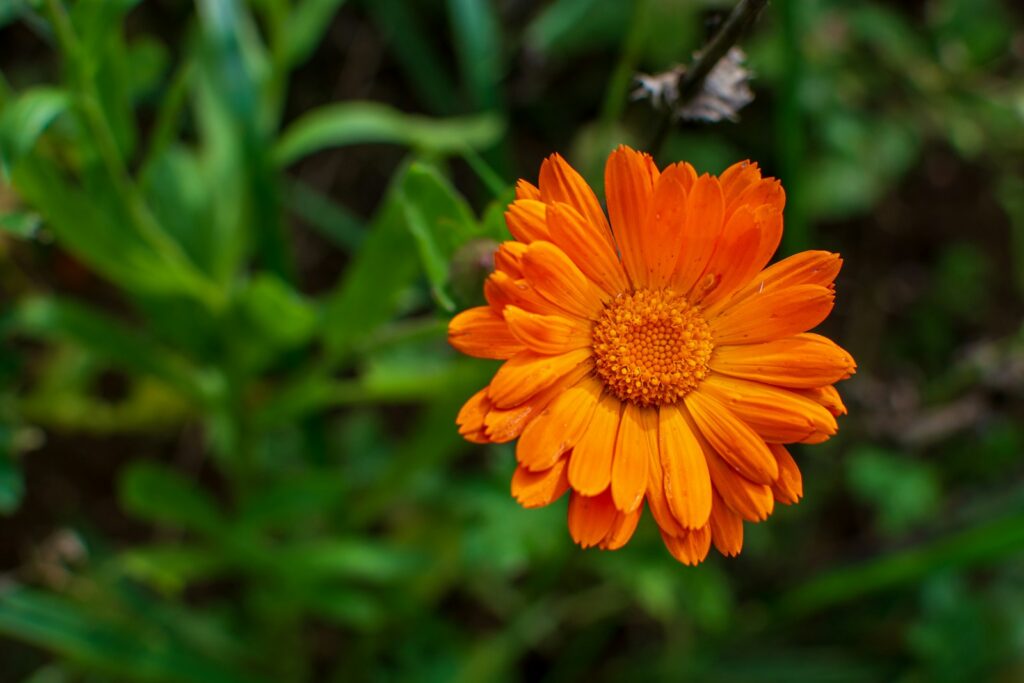
10. Blue Fescue (Festuca glauca)
This ornamental grass adds texture and color to gardens with its blue-green foliage and drought tolerance.
Best for: Edging, rock gardens, and modern landscapes.
Pros: Low maintenance and drought-resistant.
Cons: Requires occasional division to prevent overcrowding.
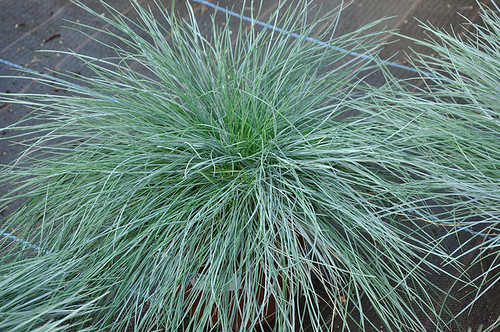
Final Thoughts
Incorporating drought-tolerant plants into your home garden is a smart, eco-friendly way to enhance curb appeal and conserve water. By selecting resilient species suited to your local climate, you can create a stunning landscape that thrives with minimal irrigation and maintenance.

